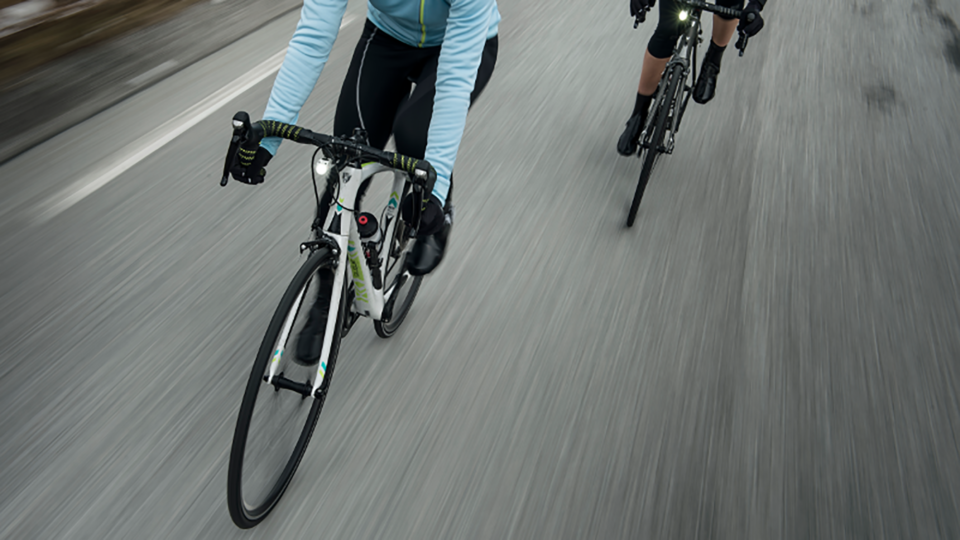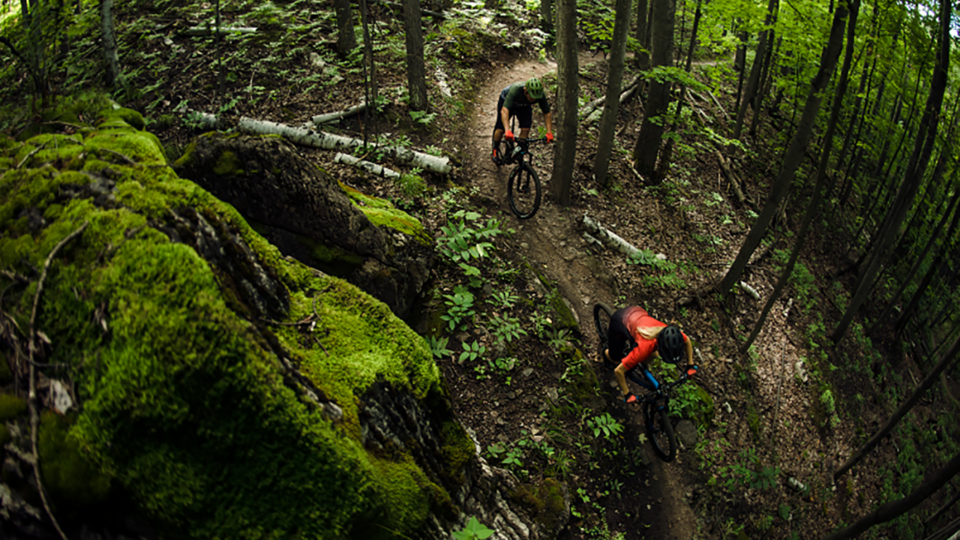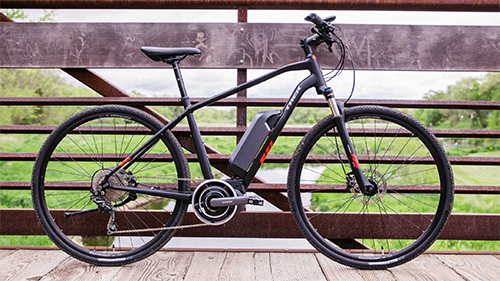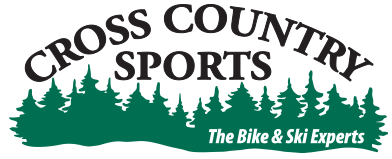So you’re thinking about buying a bike. But where do you start?
This first question you should answer is, “What type of bike do you want?” The right type of bike for you largely depends on where you plan to ride. This blog will give you an overview of what types of bikes you might consider for your next freedom machine.
Once you have figured out what type of bike you’re interested in, you will continue to narrow your search by learning about different models of bike. Each model will have different components or geometry which will change how the bike rides.
Lastly, you’ll find the bike you like in your size. Proper fit is really important and will make the bike comfortable and fun to ride.
____________________
To figure out what bike is right for you, the first question you should ask yourself is “where do you plan to ride?” Some bicycles are made for a particular kind of riding surface, whether it’s pavement, dirt, or both. Some bikes are more versatile where with a couple of quick changes, they could be ridden in a variety of ways.
Generally, bikes fall into a couple of broad categories:
Road bikes (racing, endurance, cyclocross, and bike touring bikes)
Mountain bikes (trail, cross-country, all mountain, downhill)
Hybrid bikes (mix of mountain, road, and touring designs)
Specialty bikes (cruisers, electric, folding)
Road Bikes
Road bikes are good for riding on pavement, whether you’re looking to commute, take part in long-distance rides, or racing.
Racing bikes: These bikes are built for speed, light and aerodynamic. This type of bike will allow you to cruise up hills and fly on the downs. Their frames are usually made of carbon or aluminum with tapered designs to make them as light and aerodynamic as possible.
Endurance bikes: Can be very similar to racing bikes but the frame geometry generally lends itself to a more comfortable riding position. This type of road bike is generally used for longer-distance riding.
Cyclocross bikes: Cyclocross bikes are lightweight yet durable to meet the demands of cyclocross racing (riders take a lap around a course that features pavement, dirt, grass, and obstacles)
Touring bikes: While still technically a road bike, touring bike frames are more sturdy, ready to carry the loads in front and rear racks needed to cart your gear. Touring bikes features attachment points for racks, fenders, lights and more. They also generally feature a longer wheelbase and have a lower center of gravity, making them easier to control when weighed down.
Mountain Bikes
Mountain bikes are built to handle the rough stuff. They are designed with features such as suspension, knobby tires, and braking systems with more stopping power. There are several “types” of mountain bikes based on what types of trails you’re looking to ride.
Cross country bikes: Cross country bikes are generally focused on efficiency and low weight. They feature suspension travel around 80-100mm and are a great choice if you’re looking for something fast that climbs well on your local trails.
Trail bikes: Trail bikes are one of the most common styles of mountain bike as they can fit multiple styles of riding – a mixture of climbing and descents. Trail bikes look to blend the fun, efficiency and still keep the bike at a reasonable weight. They feature suspension travel around 120-140mm with a slightly slacker head tube angle (67-69 degrees) than a cross country bike.
All mountain: All-mountain bikes are the more aggressive version of trail bikes for longer, scarier descents and more technical features. These bikes have more travel and an even slacker head-tube angle at 140-160mm of travel and a 65-68 degree head-tube angle respectively.
Downhill: Downhill bikes are mostly ridden at lift-serviced bike parks or at an area where you can shuttle using a truck and willing friends. Downhill bikes are for just that – going downhill, fast and over large obstacles such as berms, rock gardens, jumps, and wooden features. Downhill bikes feature 170-200+mm of travel and a head-tube angle of 63-65 degrees.
Fat bikes: Fat bikes are made for sand and snow but can be used for regular riding. With oversized tires (3.7-5+ inches wide) they deliver excellent traction.
Hybrid Bikes
A mashup of mountain, road, and touring designs, hybrid bikes look to create a do-it-all style of bike for a variety of uses. Generally, hybrid bikes have skinnier wheels like road bikes with the geometry more similar to a mountain bike. Some hybrids feature a shock-absorbent fork or even one with minimal travel. Hybrids feature a comfortable riding position and are great for commuting or other all-purpose riding.
Specialty Bikes
Some bikes need a category of their own, like folding bikes, or electric bikes – ever growing in popularity.
Folding bikes: Are a great option for city commuters with limited space for storage at home or in the office. They’re lightweight yet strong and can be easily mounted with low-step geometry.
Electric bikes (e-bikes): Electric bikes, sometimes referred to as e-bikes, features a battery-powered  motor that can assist you up steep climbs or make your commute less strenuous.
motor that can assist you up steep climbs or make your commute less strenuous.
No matter what style of riding you’re looking to do you will want to find a bike that fits you. Bikes come in a variety of frame sizes. A bike shop can not only help you find the right frame size but also can help fine tune the fit by adjusting the length and placement of some of the bike’s components for the most comfortable, efficient fit.
A test ride is a great way to feel the difference in the types of bikes discussed above. Don’t hesitate to head to your local bike shop and try some bikes!
